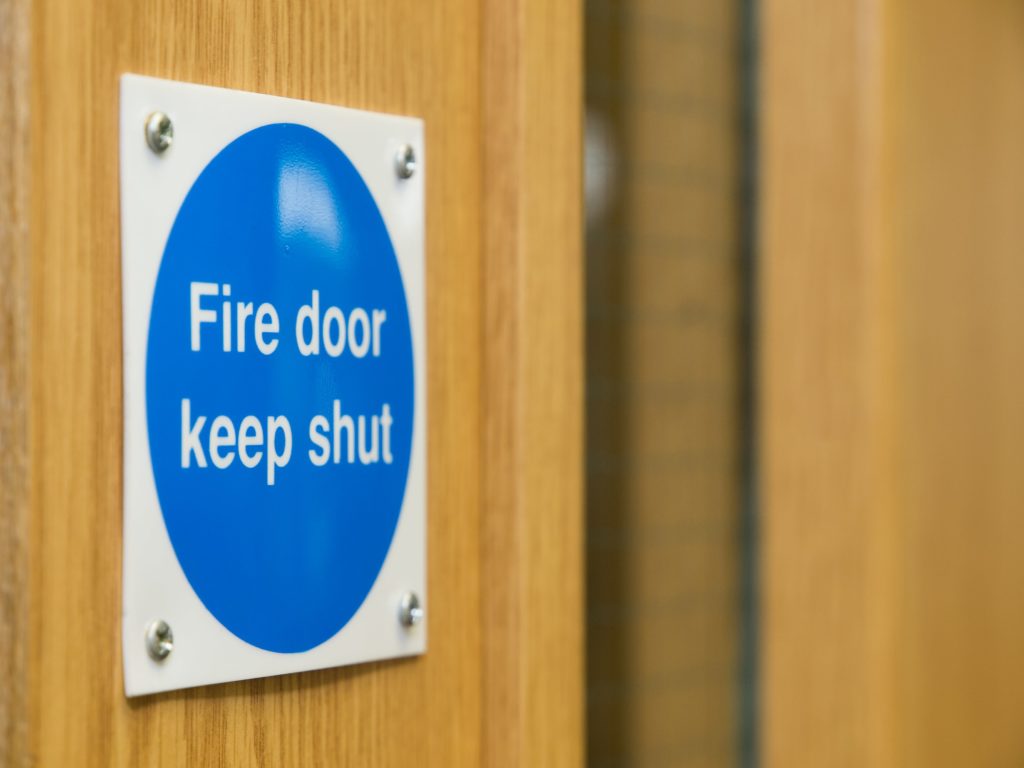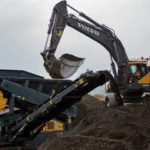Features -
How to Fireproof Historic Buildings

Adrian Attwood, Executive Director of DBR Ltd., explains the reasons for historic landmark fires and how to prevent them from occurring.
General construction companies are well aware of the basic fire safety procedures which need to be put in place during the building phase of a project, however experts in conservation and restoration will know how to best protect a historic landmark.
Arson, electrical fires and construction mishaps are the three most common causes of fires in older buildings[1], and while one might think these can easily be prevented, fireproofing a historic site is anything but simple.
With the recent fire at Nantes Cathedral, which destroyed a 17th Century organ, and the shocking Notre Dame blaze which brought down its iconic spire, it has become increasingly evident famous sites worldwide need stronger and better fire protection.
From fire upgrades which require detailed surveys and design development, to the installation of new fire doors and glazed fire screens that don’t compromise the historic building fabric, the process of safeguarding a heritage building is a lengthy one.
That said, fires are avoidable, and the risk can be significantly reduced by following the correct steps to ensure a historic site is safe.
Mistakes often made
Various mistakes made during construction are the most frequent reason for historic building fires.
One of the most common errors is the use of an unskilled or underqualified team to carry out fire improvement works. Fire safety training is essential for the building maintainers, contractors and people who occupy the building so that not only are fires avoided early on, but so that everyone on site can quickly and safely exit the premises should a fire occur.
Additionally, fire safety surveys are sometimes neglected, resulting in outdated safety features and too few, or inappropriately placed, fire extinguishers. Building managers therefore need to ensure these surveys are conducted regularly.
Another mistake is damage caused to the historic fabric by using inappropriate materials when upgrading fire doors. It’s essential the correct tools and knowledge are applied when improving the fire safety features of a historic building, otherwise the fabric can be left in an even weaker state than it was originally in.
In terms of arson, enhanced security measures put into effect by the site’s owners when possible, and removing highly flammable items once the building is closed, will make it harder for trespassers to set the building alight.
Solutions aren’t without their challenges
While there are many things to keep in mind when upgrading the fire safety features of a heritage landmark, several challenges come with the works.
Once the relevant permission is obtained to carry out fire upgrades, such as Listed Building Consent (required for all types of works on a listed building which affect the structure’s unique fabric), it’s important to understand the intricacies of installing different types of fire doors and screens.
Temporary Fire Doors
While temporary fire doors are just that, they still require careful consideration of the surrounding building fabric. The most important thing to consider when installing these types of doors is the fixing details. For example, we’ve developed a bespoke fixing method which avoids having to create additional fixing directly into the building fabric.
Historic Fire Doors
When upgrading existing historic fire doors, avoid ironmongery that isn’t CE marked or fire rated. Often, these doors have been poorly upgraded or maintained for a number of years, so they must be handled delicately. Depending on the severity of the damage, skilled conservation carpenters should be hired to carry out the work either on site, in a mobile workshop or in an offsite workshop environment.
Another thing to take into account with historic fire doors is asbestos. It’s vital workers wear the proper protective gear when approaching historic material that is potentially harmful and to remove the asbestos as soon as possible.
Glazed Fire Screens
With the aid of a fire consultancy team, glazed fire screens can be secured to historic opening and door surrounds.
Comprehensive design and project testing is required for fire screens before the system can be manufactured, and as every site is different, this can prove to be challenging at times.
Further, clients will sometimes change the specification measures of the glazing, causing the glass to be extremely thick. This, in turn, requires the frame that is holding the glass in place to be made thicker as well, calling for new considerations to be made and additional labour.
New Fire Doors
When historic fire doors cannot be repaired or upgraded, new doors will need to be installed. This can prove to be a challenge at times due to both expensive burn tests, if the door construction has not been tested, and costly development of spindle moulds to replicate the details of the original doors.
Finally, with any type of fire safety upgrade, stakeholder liaison and adequate access to the space is key. The project team needs to make sure its workers are set up in a manner which enables flexibility and allows the client to maintain normal building function and operation. This is especially important if the site experiences consistent heavy footfall, such as a government building, place of worship, department store or tourist attraction.
Taking necessary measures
There are a range of measures, in addition to the installation of fire doors, which must be taken in order to reduce the risk of fire.
These include the development and implementation of a robust fire strategy, taking the building’s current use into account, and carrying out ‘hot’ works away from the building when possible. They also involve building occupiers maintaining regular testing and improvement works, and employing competent contractors who have well-developed systems in place to plan, monitor and manage the fire safety work.
It can be done
Fire safety repairs may seem like a daunting task, especially when conducted in older buildings. However these buildings are where fires are most easily started and quickly spread, which means it’s essential the proper precautions are taken to minimise this risk.
Fireproofing a historic building is by no means a simple process. However with the right team and expertise, fires can be avoided, and history can be preserved for both current and future generations to appreciate and enjoy.
[1] https://historicengland.org.uk/advice/technical-advice/emergency-and-fire/fire-advice/
If you would like to read more like this, then please click here






